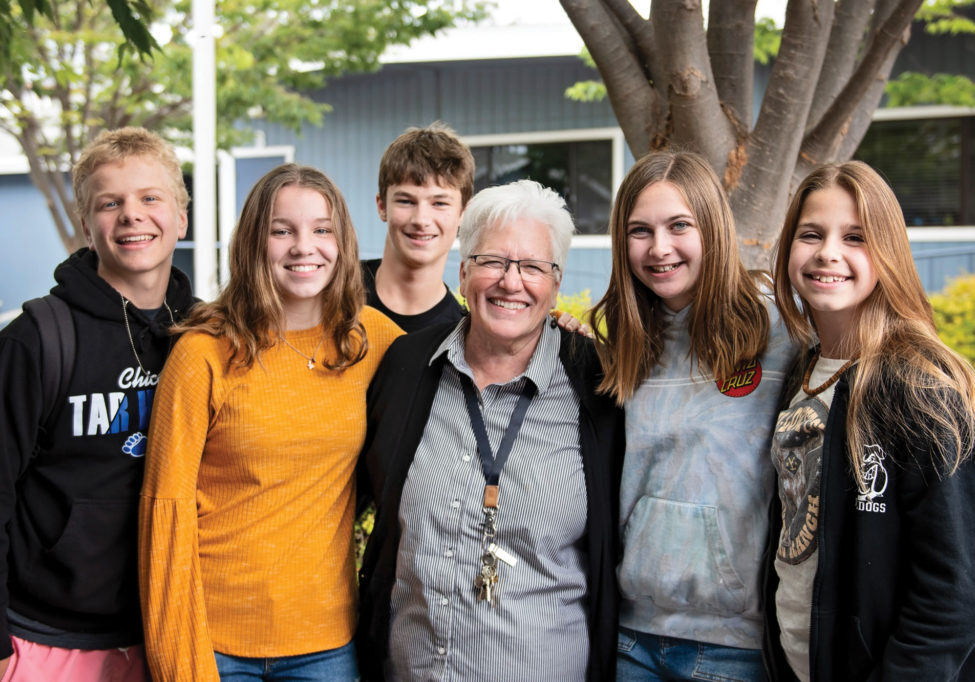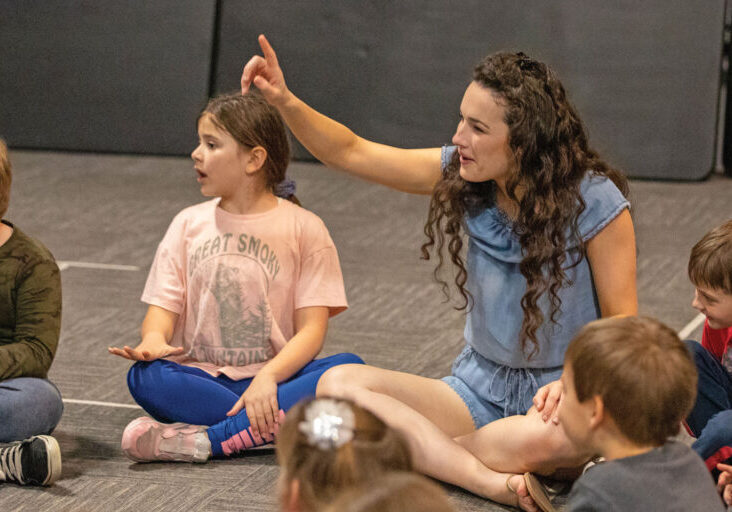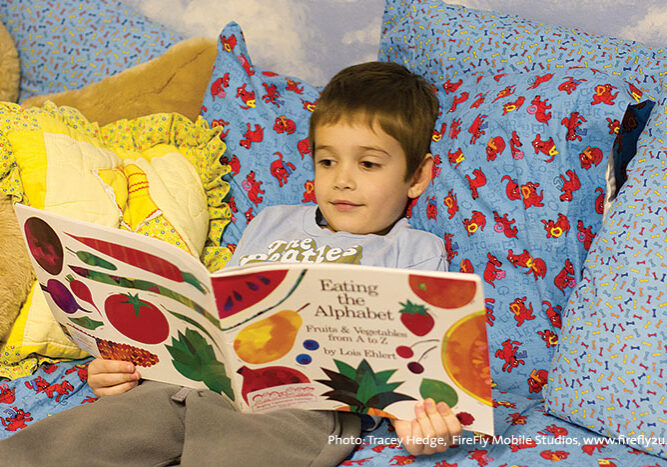Do you have a school age child who is struggling to learn to read or an older child with learning difficulties? Do you or your child find it difficult to stay focused or follow written directions? By taking the following quiz you may learn if either you or your child may be missing a vital component for effective learning
Do you or your child:
- Think reading is boring?
- Prefer to read graphic novels or books with pictures?
- Prefer to learn by doing rather than listening?
- Have difficulty with spelling?
- Have difficulty with writing?
- Have difficulty with test-taking?
- Have difficulty following directions?
- Have difficulty with memory?
- Have difficulty with comprehension?
- Feel you are not smart?
- Have difficulty with organization?
- Have difficulty with social skills?
- Have difficulty paying attention?
- Have low self-esteem?
- Have an overall negative attitude toward school?
- Spend too much time playing video games or watching videos?
- Have difficulty sitting still while learning?
If you said “yes” to several of these questions, there is a high likelihood that you or your child is not visualizing consistently or at all. Visualizing is seeing pictures in the imagination while listening and reading. Visualization is an important key to successful learning. It is how the brain understands and remembers information long term.

Ease and love of learning for all ages
Accelerated learning through visualization is the goal of Janel Nansenn, M.A., educational therapist, author, speaker and founder of Clear Pathways Learning Services in Redding and Read-A-Rific, LLC, an online reading comprehension program for all ages. “I address the underlying causes of learning issues with innovative and highly effective techniques,” says Janel. “These techniques have helped many to become independent learners for the first time in their lives, improve from failing grades to the honor roll, go to college when they didn’t think it was possible, transition out of special education services and most importantly, enjoy learning.”
Ways to nurture children’s visualization skills
Janel recommends car rides as the perfect opportunity to mentally stimulate your child. A parent or older sibling can help enhance a younger child’s visualization skills by reading aloud or playing radio dramas or audiobooks in the car. Playing an alphabet car game is an excellent way to enhance visualization. Go through the alphabet and rotate through the car with each person taking the next letter. With each letter pick a name of a person, where they live and their occupation. For example, with the letter A – Amy lives in Alabama and works as an astronaut.
The more difficult letters at the end of the alphabet can make things really exciting and laughter is sure to ensue. Inventing entirely new words for the letters X and Z is OK and can even heighten your child’s learning.
Teaching your child to learn through visualization
Janel says you can tell if your child is accessing visual learning by where their eyes look while thinking. “Ask your child a question and watch their eyes. If their eyes go side-to-side, they are accessing the hearing part of the brain which correlates with short-term memory. This is not the part of the brain you want to be using for learning through visualization!” To access the part of your brain for visualization we must look upward, not to the side. You can mimic this for your child.
For example, you can tell your child that you need their help setting the table. Before you start, take a moment to help them imagine it. “Hmmmm,” you may say while looking upward and tapping your head, encouraging your child to do the same. “How should we do this? I am imagining three plates on the table with a glass of water at two of them and a glass of milk at the third. Let’s set those glasses at the top of each plate. On the left of the plates will be napkins and forks and to the right will be a knife and a spoon. What do you think? Should we put a vase of flowers in the middle?”
Then ask your child if they see that in their mind as well before proceeding to set the table as you imagined. Just simply saying “go set the table,” without direction, is a missed opportunity to learn and could create anxiety if the child cannot visualize how to do the task before attempting to do it. If they can’t see it in their mind, they may not be able to plan or figure out the steps to accomplish the task.
Read-A-Rific provides learning support for children of all ages
Even after employing the few suggestions above, parents may feel at a loss or burdened if their child has difficulty learning or accomplishing tasks. Read-A-Rific can provide parents with support and tools to help their child become a confident, joyful learner. Parents can make an appointment with Janel at Clear Pathways Learning Services or tap into her resources at Read-A-Rific. For questions about Read-A-Rific or Clear Pathways, call Janel (530) 768-1556.
Posted in: Education
Comment Policy: All viewpoints are welcome, but comments should remain relevant. Personal attacks, profanity, and aggressive behavior are not allowed. No spam, advertising, or promoting of products/services. Please, only use your real name and limit the amount of links submitted in your comment.
You Might Also Like...

Bev Landers – A Force for Good For Thousands Of North State School Kids
“My earliest memories are of teaching all my stuffed animals and dolls,” says Bev Landers, Paradise Charter Middle School’s principal and superintendent. “I started babysitting at age 11, as soon […]

Hope for the Future at Chico’s Hope Academy
Hope for future generations rests on the strengths of individuals and those strengths are most fully developed with individualized attention and learning. Small class sizes are just one of the […]

Again! Again! How to Make Reading Irresistible for Preschool Boys
I want my son to love books – so I began reading to him when he was tiny. Despair descended when, at six months old, he was more interested in eating […]

Youth Sports: How does Early Specialization Affect The Developing Child?
While children used to simply go outside and play, their days are now filled with organized sports practices and games that become more focused and intense, moving up from recreational […]

Erin Hall: Chico’s Educator of the Year
Erin Hall has been honored with the 2021 Chico Rotary Educator of the Year award. Each year Chico Noon Rotary reaches out to administrators from CSU, Chico Butte College, Fairview […]

Anecia Johnson – Sharing the Intellectual and Natural Wealth, Brilliance and Triumphs of Indigenous Black American and African Diaspora History
Anecia Johnson, Community Educator and Founder of Amma Culture – Education, Sciences & Arts, has a mission and a passion. “I’m living my divine purpose,” says Anecia. “We at Amma Culture […]


